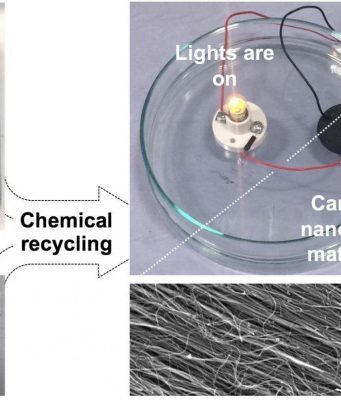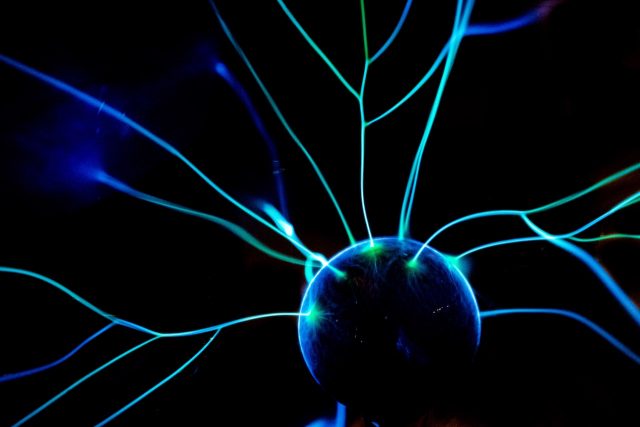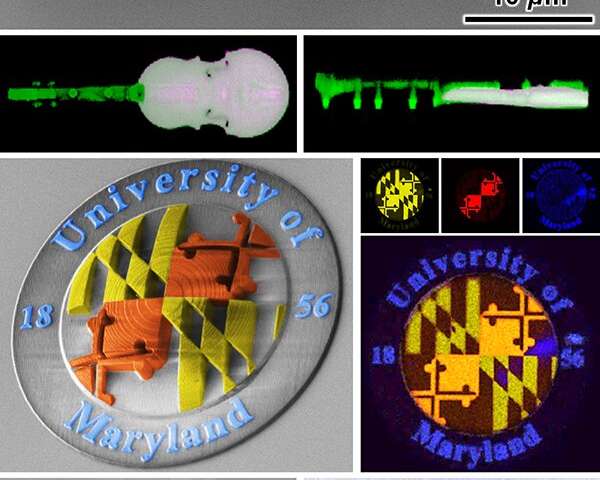Nanotechnology developed at Rutgers University-New Brunswick could boost research on stem cell transplantation, which may help people with Alzheimer's disease, Parkinson's disease, other neurodegenerative diseases and central nervous system injuries.
The nanotechnology platform, which uses special tiny rods for sensing,...
Engineers at the University of Maryland (UMD) have created a new multi-material 3-D nanoprinting technique that was featured on the inside front cover of the July 21 issue of Lab on a Chip.
The team's new technique—capable of printing tiny...
It's estimated that as much as two-thirds of energy consumed in the U.S. each year is wasted as heat. Take for example, car engines, laptop computers, cell phones, even refrigerators, that heat up with overuse.
Imagine if you could capture...
In the wake of the COVID-19 pandemic, the U.S. Centers for Disease Control and Prevention recommends that people wear masks in public. Because N95 and surgical masks are scarce and should be reserved for health care workers, many people...
Everyday transitions from one state of matter to another—such as freezing, melting or evaporation—start with a process called "nucleation," in which tiny clusters of atoms or molecules (called "nuclei") begin to coalesce. Nucleation plays a critical role in circumstances...
A new compound which visualises and kills antibiotic resistant superbugs has been discovered by scientists at the University of Sheffield and Rutherford Appleton Laboratory (RAL).
The team, led by Professor Jim Thomas, from the University of Sheffield's Department of Chemistry,...
Researchers have developed a human cell 'membrane on a chip' that allows continuous monitoring of how drugs and infectious agents interact with our cells, and may soon be used to test potential drug candidates for COVID-19.
The researchers, from the...
Researchers from Tokyo Metropolitan University have grown atomically thin crystalline layers of transition metal dichalcogenides (TMDCs) with varying composition over space, continuously feeding in different types of TMDC to a growth chamber to tailor changes in properties. Examples include...
When two mesh screens are overlaid, beautiful patterns appear when one screen is offset. These "moiré patterns" have long intrigued artists, scientists and mathematicians and have found applications in printing, fashion and banknotes.
Now, a Rutgers-led team has paved the...
UCLA researchers and colleagues have designed a new device that creates electricity from falling snow. The first of its kind, this device is inexpensive, small, thin and flexible like a sheet of plastic.
"The device can work in remote areas because it...
Messenger RNA (mRNA) vaccines to prevent COVID-19 have made headlines around the world recently, but scientists have also been working on mRNA vaccines to treat or prevent other diseases, including some forms of cancer. Now, researchers reporting in ACS' Nano...

















